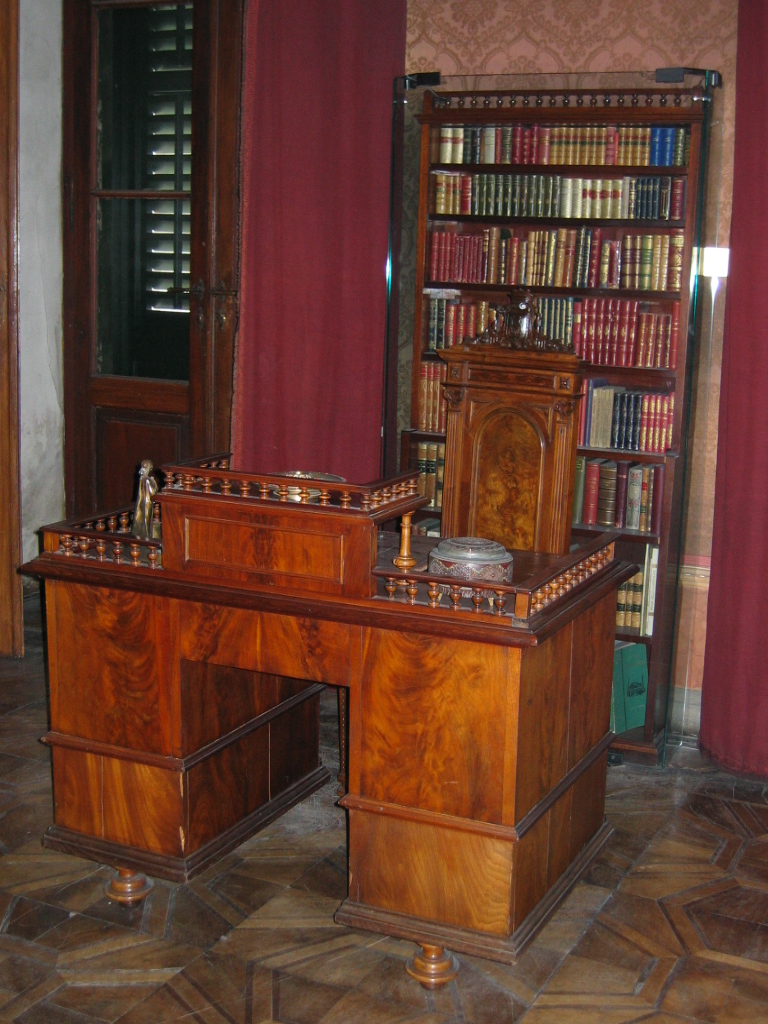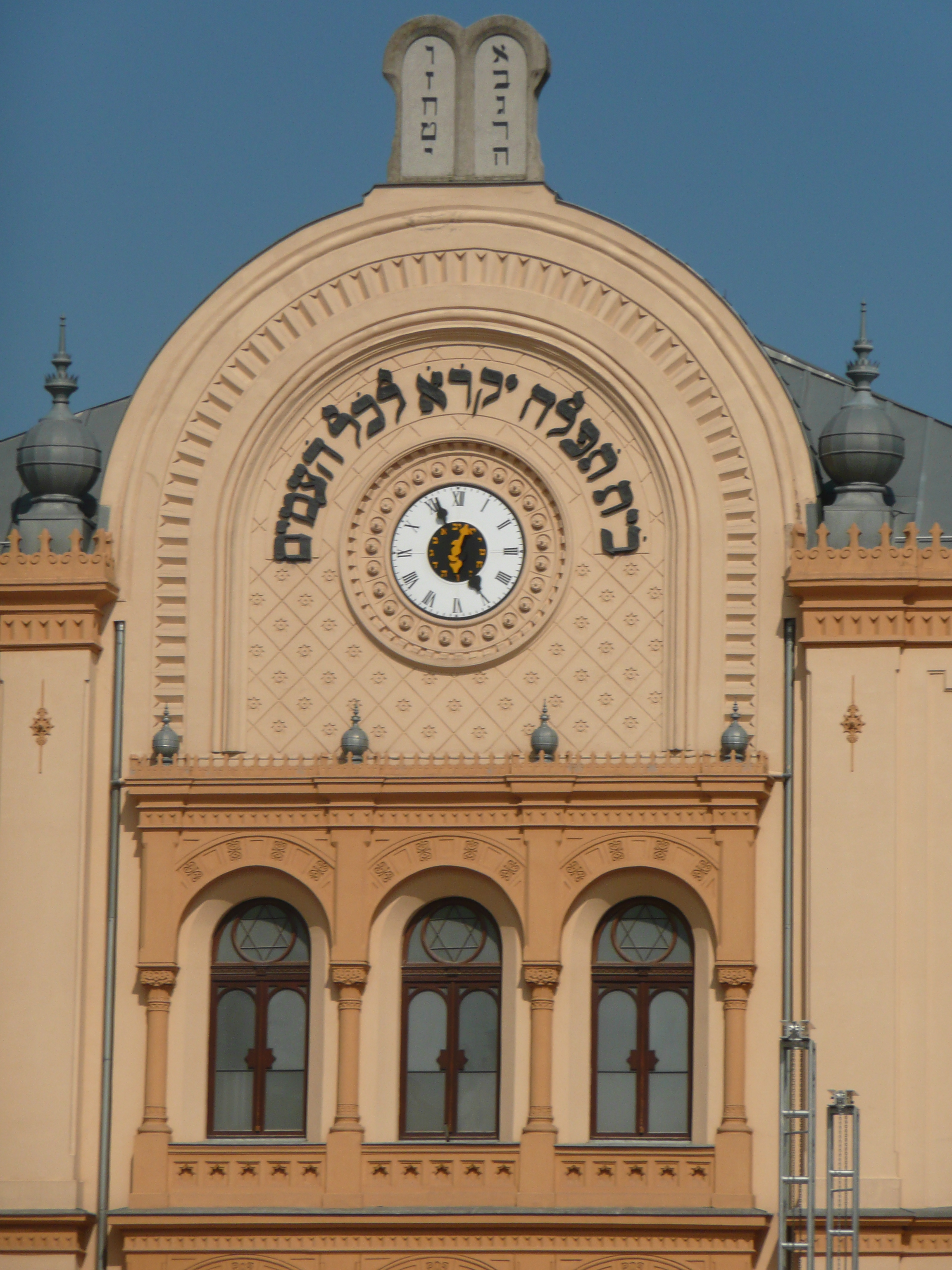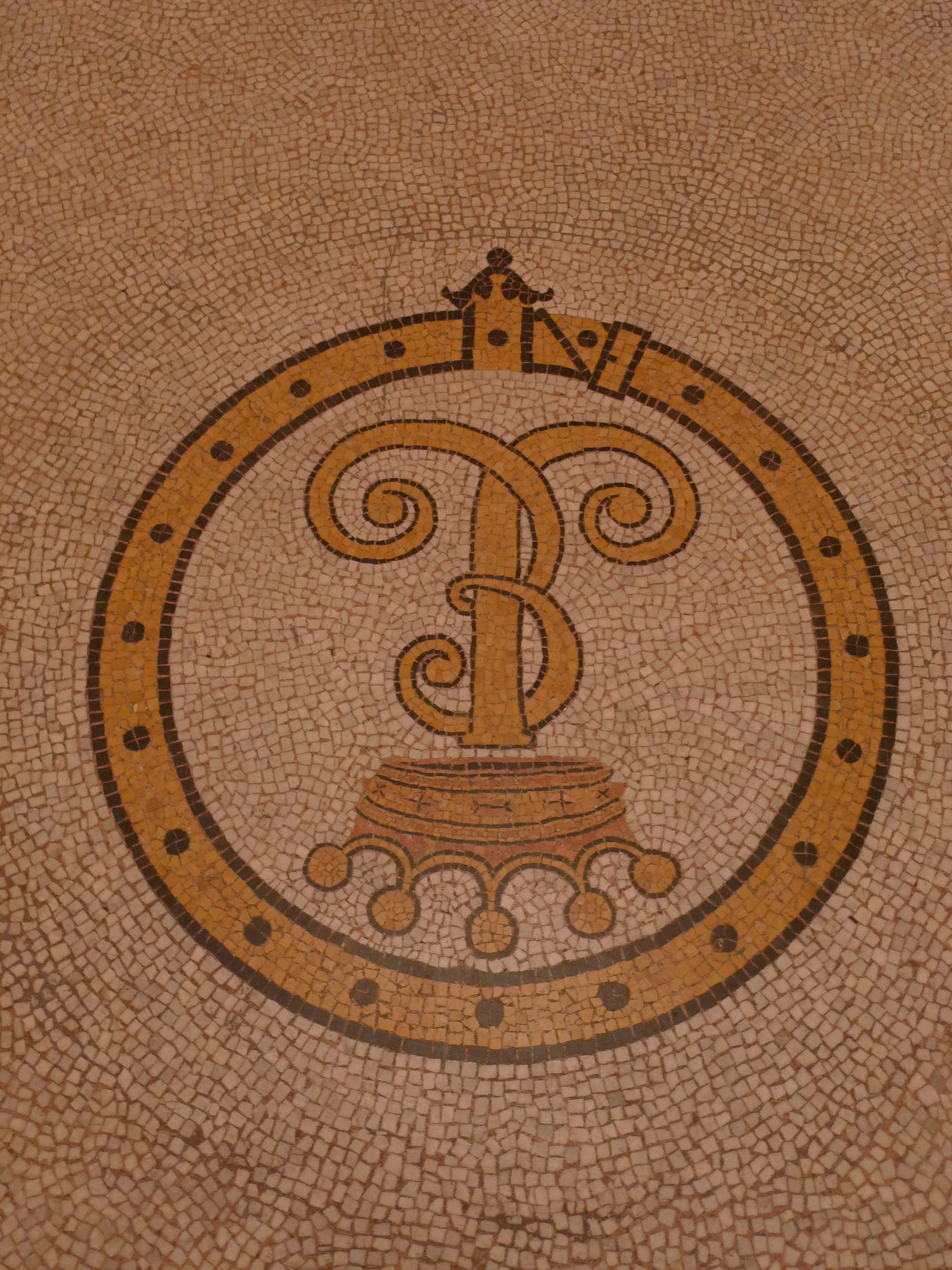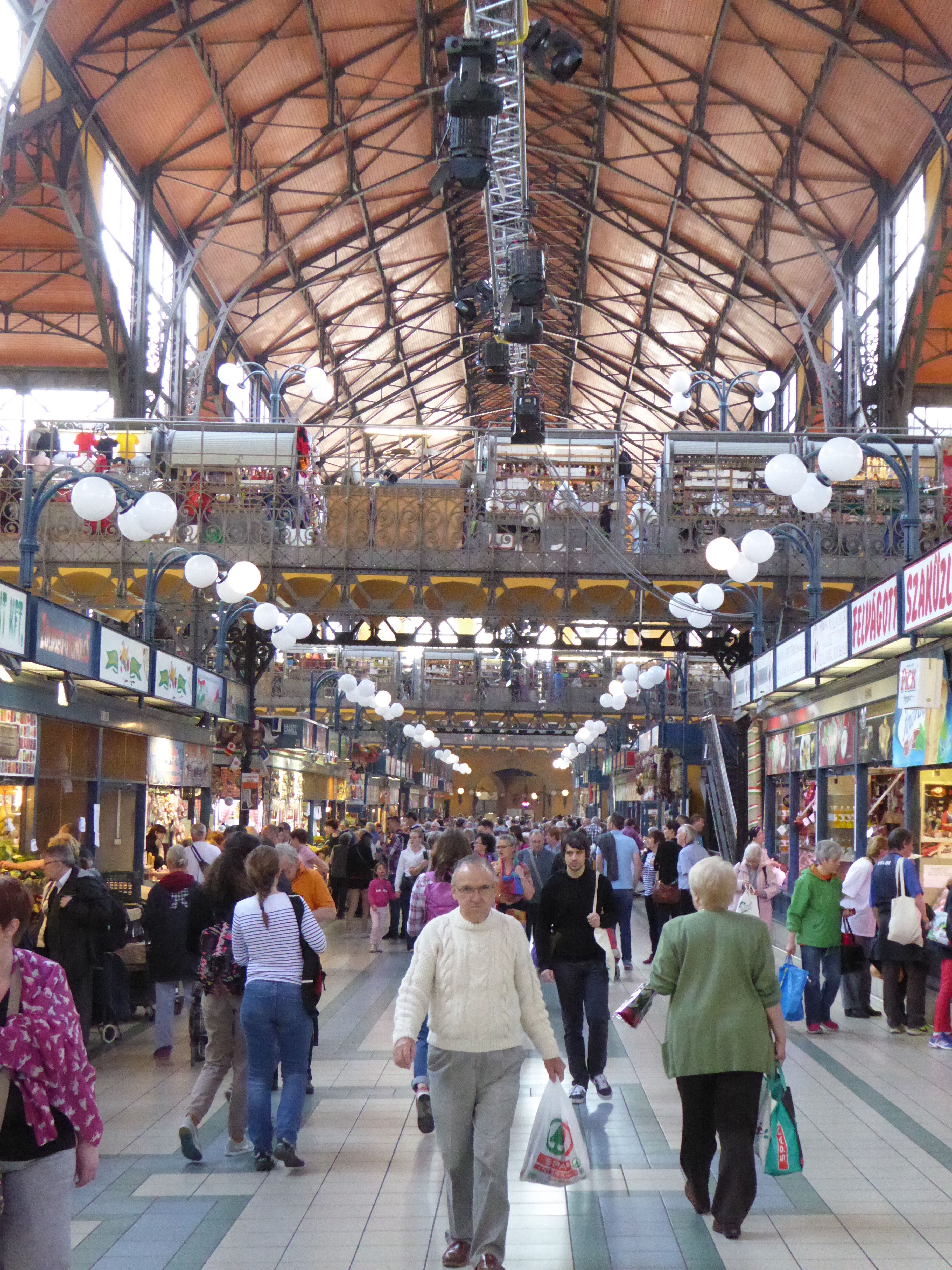JEWISH INTELLECTUAL BOOST IN THE HABSBURG CITIES

Palais Morpurgo, Jewish industrialists and bankers in Trieste
Any study of intellectual life in the Habsburg Empire must single out the Jews for special attention. No other ethnic group produced so many thinkers of transcendent originality, i.e. theorists like Freud, Husserl, Kelsen, Wittgenstein, Mahler, authors like Schnitzler, Kraus, Broch, Roth. In addition to these creative geniuses, a disproportionate number of productive thinkers in every field were Jewish. In some fields like psychoanalysis and Austro-Marxism, Jews constituted an overwhelming preponderance. The Jewish middle class provided a unique forum for discussion and dissemination of new ideas. Newspapers like the “Neue Freie Presse” and “Wiener Tagblatt”, Karl Kraus’ journal “Die Fackel” were mainly Jewish.…






